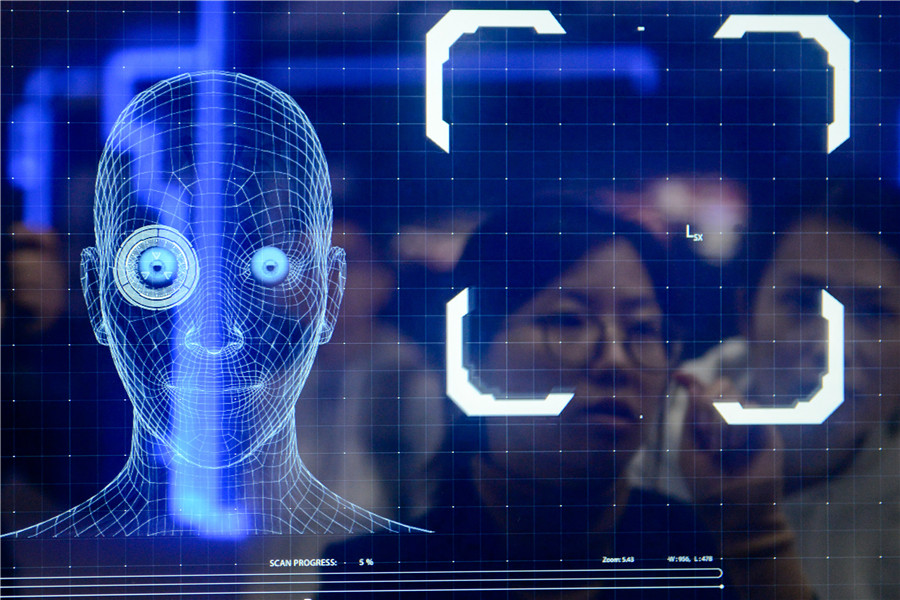Years added to pictures in search for missing kids
By Zhang Yan | China Daily | Updated: 2019-06-04 07:11

Police in China will promote facial recognition technology nationwide to help reunite abducted children with their families, a senior official at the Ministry of Public Security said last week.
The imaging technology, based on artificial intelligence developed by Tencent Youtu, can work out an adult picture of a missing person based on a photo taken when the person was a child, Chen Shiqu, deputy director of the ministry's criminal investigation bureau told China Daily in an interview.
"Even though a child may have been abducted many years ago and has grown up-and his appearance has greatly changed-faces can be matched through cross-age facial recognition," he said.
"The accuracy of the recognition can be as high as 96 percent," the official added.
In a pilot program to test the technology, the Fujian police launched an online platform in 2017 to find missing people.
In the first half of that year, the system helped identify more than 500 individuals.
Last month, in Sichuan province, police used AI facial recognition technology to reunite 13-year-old Gui Hao with his family.
"Ten years had passed, but the AI technology was able to use a photo taken when Gui was 3 years old to simulate his current face based on various biological characteristics," Chen said.
In 2009, Gui was abducted by members of a gang led by Wang Haowen while playing outside. He was sold to a family in Guangdong province.
He was one of 13 children abducted between 2006 and 2014 by Wang's gang. Most were sold in Guangdong.
In 2014, Wang was captured by police, but the children couldn't be found because their faces had changed over the years.
"Their appearance had changed a lot, so we turned to the AI technology. By comparing the AI photo with those in the police database, we were able to narrow the search and locate the target more accurately," said Jiang Xiaoling, an officer at the Sichuan Public Security Bureau.
Police then took samples of the children's blood and compared their DNA with possible parents. So far, police have found 10 of the 13 children Wang's gang had kidnapped. Of those, seven were found with the assistance of AI technology, Jiang said.
Chen said the technology will be expanded to public security departments across the country after more experience is accumulated.
According to Ministry of Public Security data, from May 2016 to May this year, 57 children were kidnapped. The number was down sharply from the 1990s, when there were hundreds of cases annually.
According to Meng Qingtian, a senior official in the ministry's anti-trafficking office, the rapid decline can be attributed to the setting up of a quick-response mechanism.
An alarm system called Tuanyuan, which means reunion in English, was launched in May 2016.
Meng said the system, which was developed by e-commerce giant Alibaba, is able to rapidly push out information about missing children to enlist the public's help in finding them.
The Tuanyuan system is connected with 25 new media platforms and mobile apps, including the Didi taxi service, Amap, Baidu, Taobao, and TencentQQ, allowing people to receive timely alerts about missing children around them.
By May 15, the Tuanyuan system had shared information of 3,978 missing children, including 57 abducted ones. Of the total, 3,901, or 98 percent, were found quickly and returned.
























